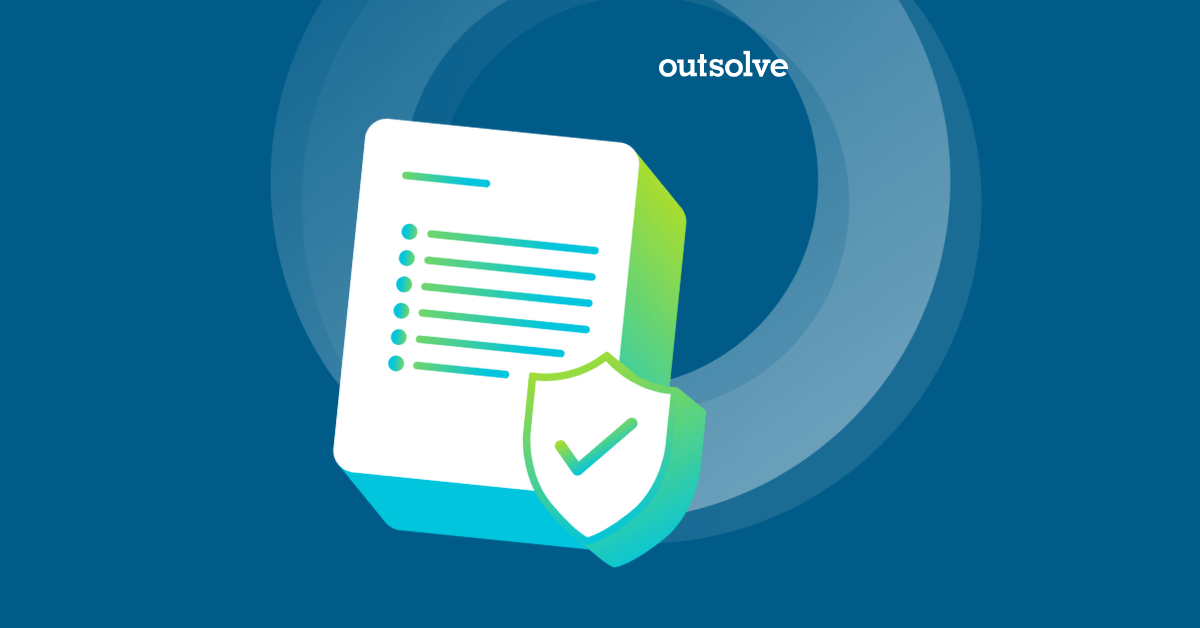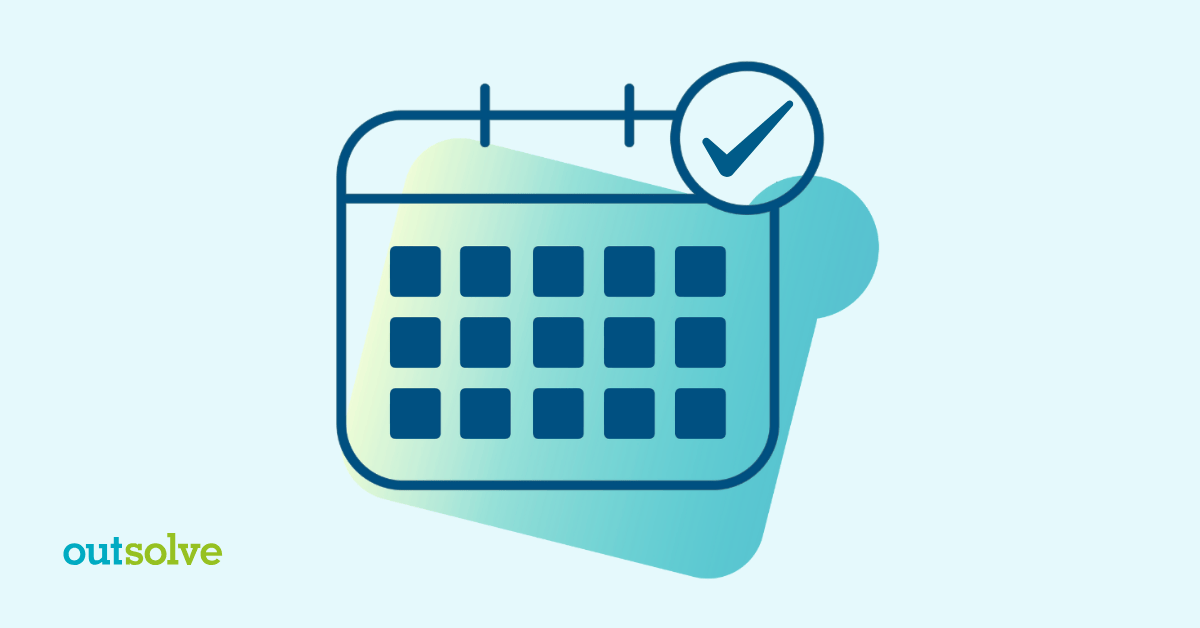After delaying the opening of the 2019 EEO-1 Component 1 Data Collection on May 8, 2020 in light of the COVID-19 public health emergency, the U.S. Equal Employment Opportunity Commission (EEOC) announced today that the 2019 and 2020 EEO-1 Component 1 data collection will open on Monday, April 26, 2021.
The deadline for submitting 2019 and 2020 EEO-1 Component 1 data will be Monday, July 19, 2021. Recognizing the continuing differential impacts of the pandemic on workplaces nationwide and the requirement to submit two years of EEO-1 data, the EEOC is extending the data collection period this year from 10 weeks to 12 weeks to provide employers additional time to file.
The EEO-1 Component 1 collects workforce data from employers with 100 or more employees (and federal contractors with 50 or more employees). The EEOC will begin to formally notify EEO-1 filers via email beginning on March 29, 2021. Filers should begin preparing to submit data in anticipation of the April 26 opening of the data collection period.
Since this year requires filing two reports—both 2019 and 2020—we are urging clients to contact OutSolve today to begin the process of preparing your EEO-1 Component 1 Report. As you can imagine, this will be quite a busy year for data preparation and submissions.
OutSolve is fully committed to helping clients meet their obligations. For more information on how we can help, please contact us at 888.414.2410 or info@outsolve.com.
Founded in 1998, OutSolve has evolved into a premier compliance-driven HR advisory firm, leveraging deep expertise to simplify complex regulatory landscapes for businesses of all sizes. With a comprehensive suite of solutions encompassing HR compliance, workforce analytics, and risk mitigation consulting, OutSolve empowers organizations to navigate the intricate world of employment regulations with confidence.
Weekly OutLook
Featured Posts

The Federal Government Shutdown Lingers: HR Professionals Take Action

HR Planning: 5 Planning Steps for Q4
Related Posts

Federal Contractor Compliance: What HR Teams Need to Budget For in 2026
2026 is quickly approaching, and HR professionals working in federal contractor organizations have more than just recruiting goals, engagement...

CHRO Survival Guide: Talent, Culture, and Leadership: How CHROs Can Thrive in Uncertain Times
In Part 2 of our CHRO Survival Guide series, we explored the costs of deregulation, the intensity of I-9 and E-Verify enforcement, and the impact of...

The Federal Government Has Reopened: What’s Next for Federal Contractors
As non-essential government offices reopen, human resources, EEO, and compliance professionals in government contractor workplaces may want to...


